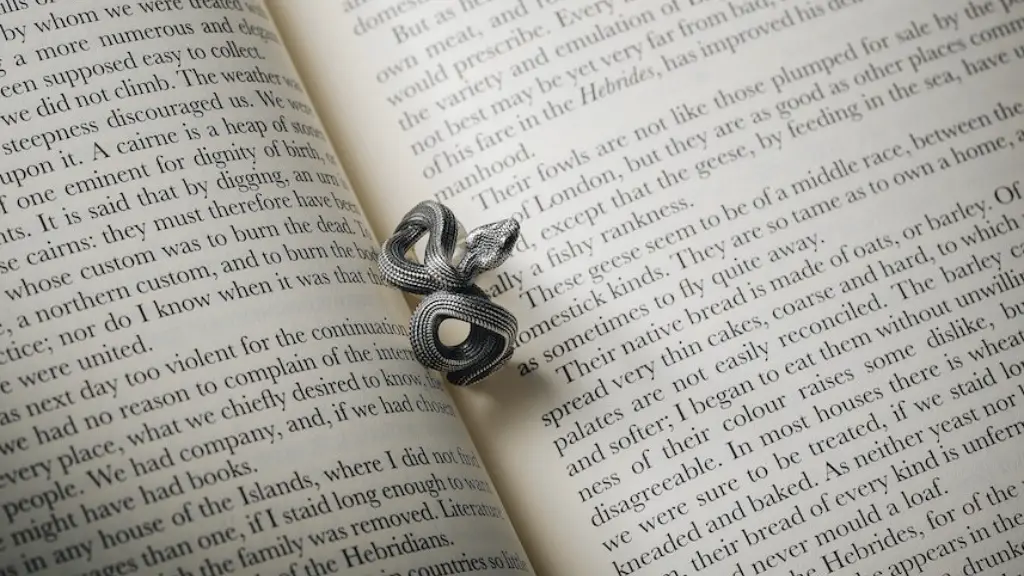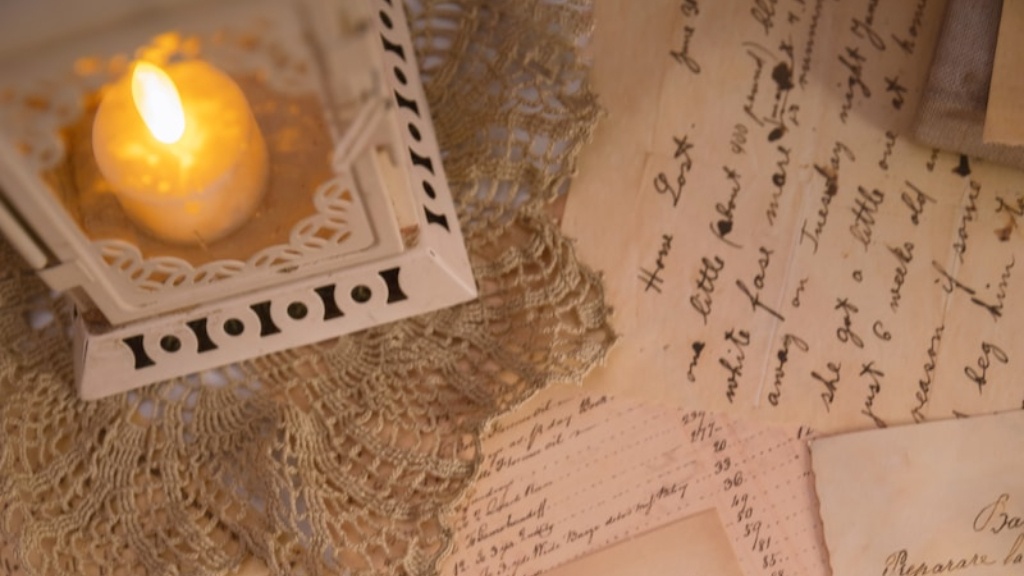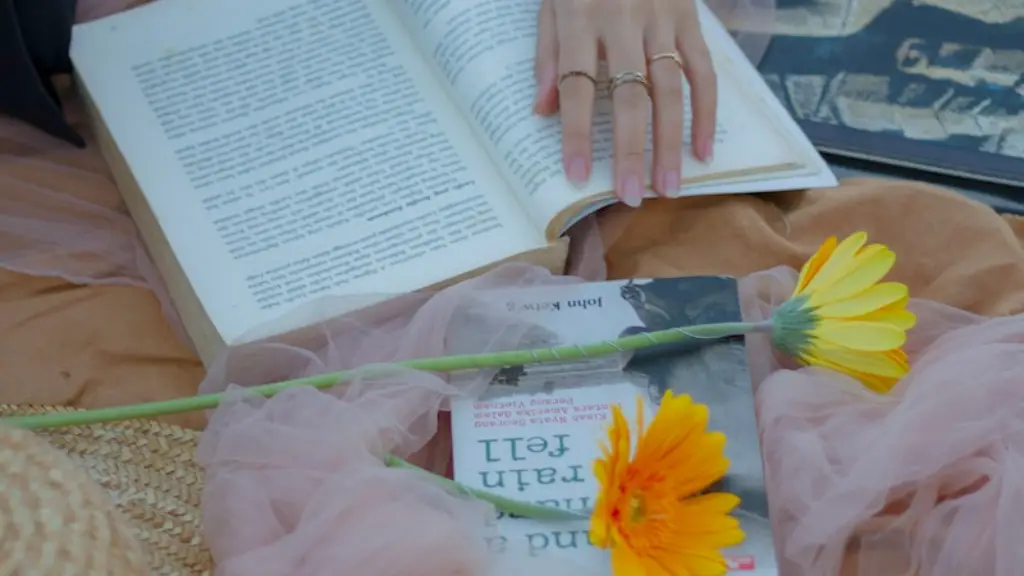Introduction
Writing a poetry analysis essay requires a thorough understanding of poetic analysis literary terms and techniques. A poetry analysis essay is a form of literary analysis paper that focuses on the reader’s understanding of a poem. Elements of poetry, such as theme, structure and writing style, should be included in the discussion. A poetry analysis essay can be compared to a journey, as you explain particular elements in the poem and then discuss their meaning. It is essential to keep track of each idea you are describing and comment on it concisely.
Outlining the essay
Before beginning to write the essay, it is important to create an outline. The poet’s name, title of the poem and the publication date should be included in the opening paragraph. Following this, disclose the poem’s main argument, theme and message. Creativity is encouraged as the student should bring in their own interpretation of the theme. It is also beneficial to pay attention to small details like technical aspects in the poem. In conclusion, the outline should familiarize the reader with the poem and orientate them towards the main body of the essay.
Exploring poetic techniques
In this section, the student should analyze the use of poetic techniques such as rhyme and rhythm, literary devices and metaphor. For example, in the case of an elegy, poetic techniques like personification, anaphora and apostrophe will be used. In this part of the essay, it is essential to explain how the poet has used the name of a person, object or any other form of imagery to create a powerful effect in the poem and what is the main idea behind such a trope.
Developing the essay
The main body of the essay should develop in chronological order. Start by analyzing the poem’s content and purpose. Describe the main subject of the poem and its relevance to the reader. Summarize and explain the clever use of language by the poet and how it has been used effectively to communicate a specific message to the audience. Make sure to include information on the purpose of the poem, its length, rhyme and rhythm, syntactic structures and figurative language.
Synthesis of the essay
This part of the essay should combine all previous arguments and insights into a single conclusion. It is essential to summarize the essay and link previous ideas with new insights and opinions on the poem as a whole. The reader should gather an overall understanding of the poem and how successful the poet has been in communicating the message.
Analyzing emotional effectiveness
The goal of any poem is to engage readers emotionally and effectively lead them to view the poem from their own perspective.In this section, explain how the poet has used different literary devices to evoke emotions in the reader. It is essential to bring up evidence from the poem that calls to an emotional response from the reader such as use of language or tone of voice. Make sure to explain the emotion it was meant to invoke in detail.
Discussing literary reception
This part of the essay focuses on the critical reception the poem has had throughout history. It is beneficial to have a thorough understanding of cultural context, in which the poem was written, by researching the author’s potential biases, the intended audience and purpose of the poem. Explain how the poem has been received in different countries and how its message has altered since its original publication date.
Analyzing poet’s style and timelessness
Remember to analyze the poet’s writing style, how the poet has used particular words to evoke emotions and convey implications in the poem. Break down the poem’s structure, pacing and meter to draw out any other implications the poem has. Analyze the poem’s timelessness and why it has stayed relevant centuries after its original publication date.
Interesting interpretation in the poem
Explain any interesting interpretation in the poem that the reader may have not understood initially. Concentrate on the poem’s figurative language and explain any instances of symbolism to the reader. Be creative with analyzing the poem, provide insight that has not been mentioned before and make sure to back up any claims with evidence from the poem.
Imagery used in the poem
Research the imagery of the poem and explain how the imagery has been used to create an emotional response from readers. Explain the poem’s perception of the world and how it has impacted readers throughout the centuries. Focus on the poet’s use of symbols, layout and form to connect to the poem’s message.
Syntactic structures in the poem
Analyze the syntactic structures of the poem and explain their significance. Explain how the syntax reinforces the poem’s message by looking at the syntactic structure of the sentences. Compare the syntactic structures of similar poems and see how they have been used to create similar effects.
Concluding the analysis
Finally, there should be a concise summary of the analysis, highlighting the main ideas proposed in the essay. Explain the significance of the poem and why readers should take something from the poem’s message. It is beneficial to add any personal insights on the poem that may have gone unnoticed by the reader.



